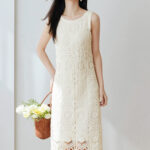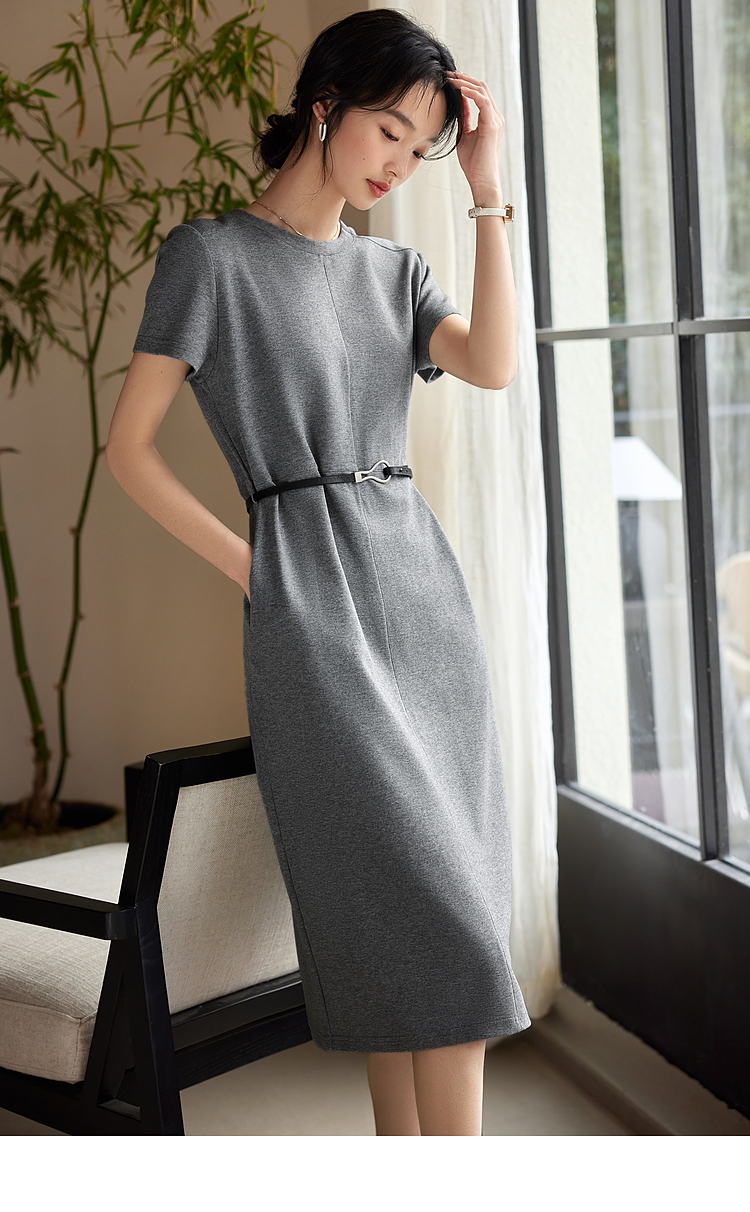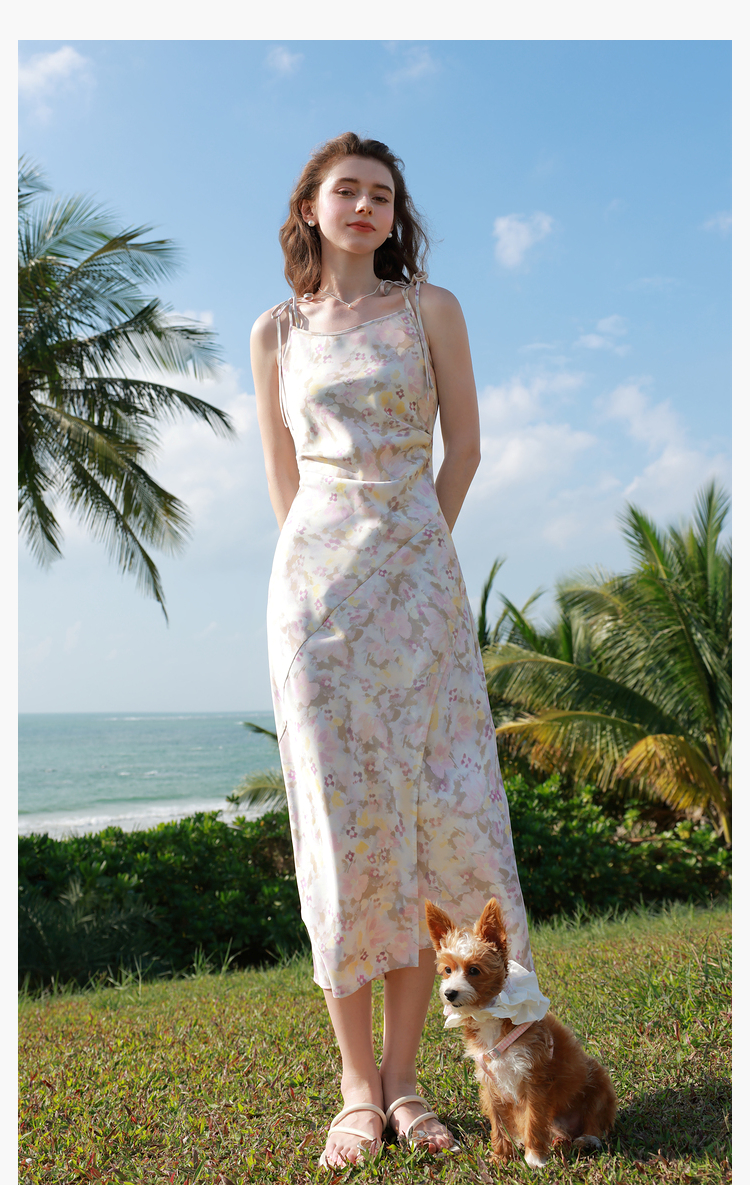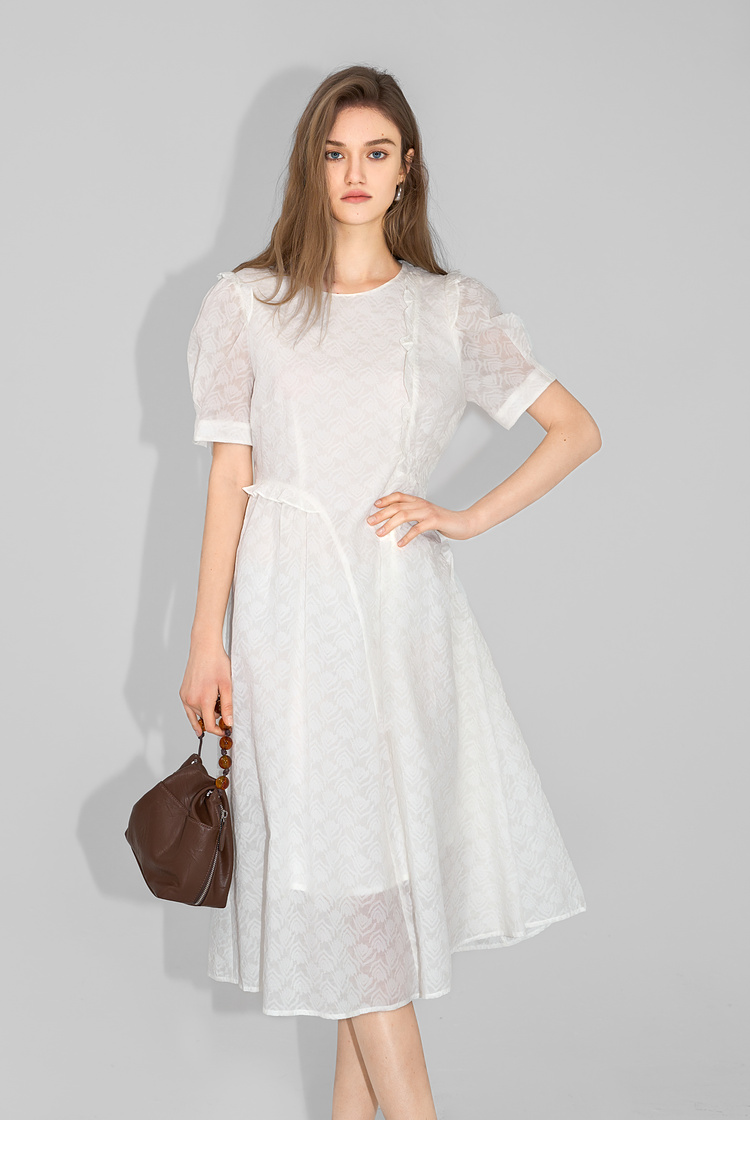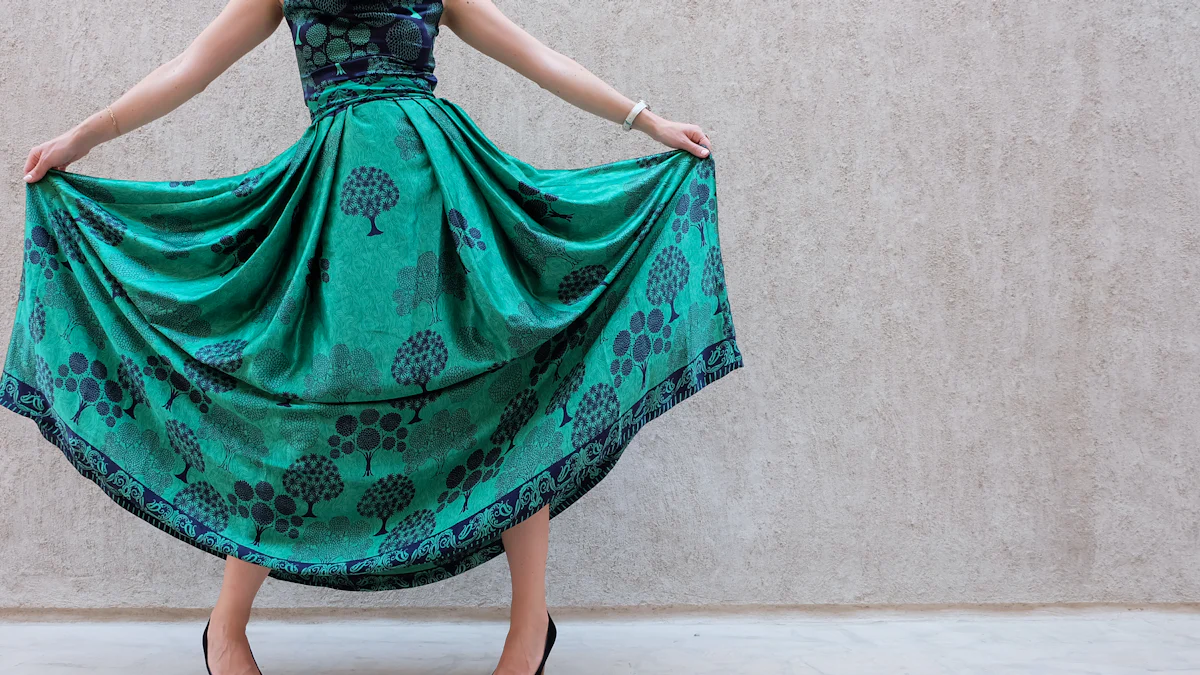
Exploring the world of skirt in Spanish unveils a fascinating linguistic journey. The terms falda and pollera hold significant importance in Spanish vocabulary, representing the concept of a skirt. Understanding these terms goes beyond mere translation; it delves into cultural nuances and historical contexts that shape language. By unraveling the distinctions between falda and pollera, one can deepen their grasp of Spanish language intricacies.
Understanding ‘Falda’

Definition of ‘Falda’
- Common Usage
- The term falda is commonly used to refer to a skirt in Spanish-speaking countries.
- It is a versatile garment that holds cultural significance in various regions.
- Examples in Sentences
- In Spain, women often wear a falda during traditional festivals.
- The elegance of a flowing falda adds grace to the dance.
Historical Context
- Origin of the Term
- The term falda traces back to its Latin roots, where it denoted a piece of clothing worn around the waist.
- Over time, the concept evolved into the modern-day skirt we recognize.
- Evolution Over Time
- From ancient civilizations to contemporary fashion trends, the evolution of the falda reflects changing styles and societal norms.
- The adaptability of the falda showcases its enduring appeal across generations.
Understanding ‘Pollera’
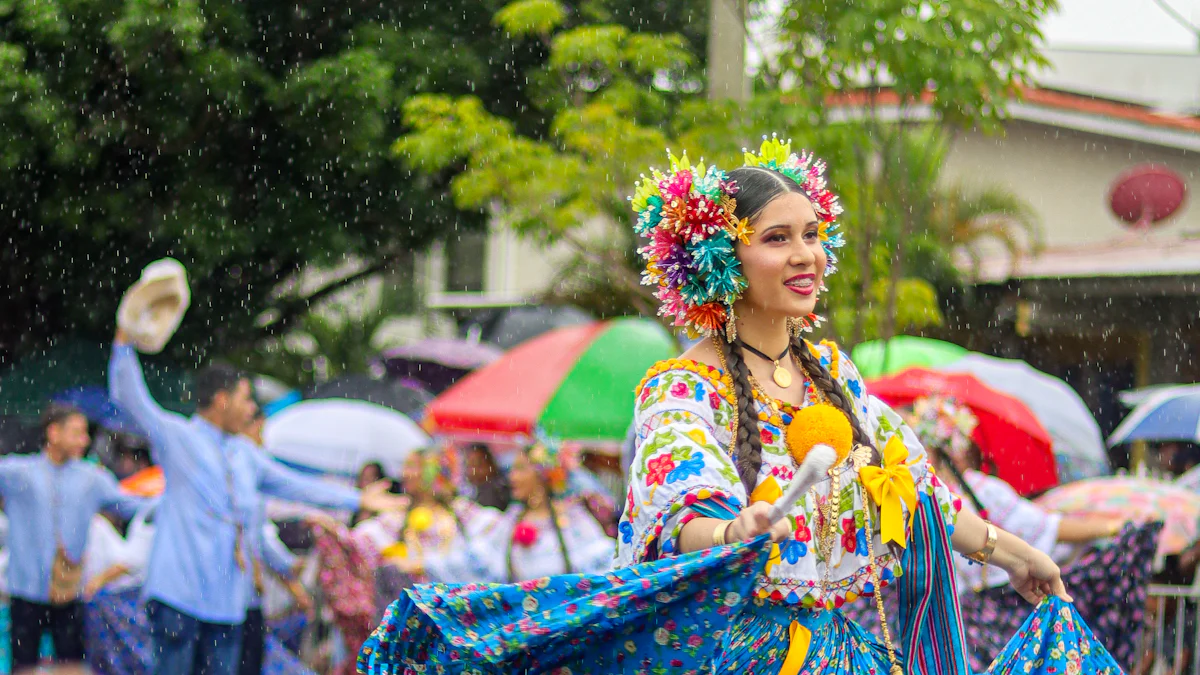
Definition of ‘Pollera’
Common Usage
- The pollera is a traditional garment with deep cultural roots in Spanish-speaking regions.
- It symbolizes elegance and heritage, often worn during significant events and celebrations.
- Indigenous communities have preserved the essence of the pollera through generations.
Examples in Sentences
- In Panama, the vibrant colors of the pollera brighten festivals and ceremonies.
- The intricate embroidery on a pollera tells a story of craftsmanship and tradition.
- Women proudly showcase their cultural identity by donning a colorful pollera.
Historical Context
Origin of the Term
- The pollera originated from Spain, tracing back to the 16th or 17th century.
- Initially worn by Spanish women, it evolved into a symbol of cultural pride and diversity.
- Over time, various influences shaped the design and significance of the traditional pollera.
Evolution Over Time
- The transformation of the pollera reflects a blend of history, geography, and ethnic traditions.
- From its Spanish roots to its adaptation in different countries, the pollera embodies resilience and adaptation.
- The evolution of the pollera showcases how fashion intertwines with cultural identity over centuries.
Regional and Contextual Differences
Usage in Different Countries
Latin America
- Polleras are symbols of cultural identity in Bolivia’s countryside, reflecting a rich history and heritage.
- The vibrant colors and intricate designs of polleras showcase the craftsmanship and artistry of indigenous communities.
- In festivals and celebrations across Latin America, polleras play a central role in expressing tradition and pride.
- The significance of polleras extends beyond fashion; it embodies the resilience and cultural diversity of the region.
Spain
- Falda, on the other hand, is more commonly used in Spain to refer to skirts in everyday contexts.
- Spanish culture embraces the elegance and simplicity of faldas as a staple garment for various occasions.
- Traditional Spanish dances often feature women wearing faldas, adding grace and movement to the performance.
- While polleras have historical roots in Spain, faldas have evolved into modern-day fashion statements that blend tradition with contemporary style.
Contextual Nuances
Cultural Significance
- Polleras are deeply intertwined with Bolivian indigeneity, symbolizing a connection to ancestral traditions.
- The cultural significance of polleras lies in their ability to preserve heritage and celebrate diversity within communities.
- Faldas, on the other hand, represent a fusion of historical influences that shape Spanish fashion sensibilities.
- Understanding the cultural significance of both garments provides insights into the diverse tapestry of Latin American and Spanish cultures.
Modern Usage
- In contemporary settings, polleras continue to be worn with pride during cultural events and ceremonies.
- Faldas have adapted to modern trends while retaining elements of traditional design that pay homage to their origins.
- The modern usage of both garments reflects a balance between preserving heritage and embracing evolving fashion preferences.
- Embracing the significance of ‘falda’ and ‘pollera’ in Spanish culture enriches language understanding.
- Recognizing the historical roots and cultural symbolism of each garment unveils a deeper connection to tradition.
- Contrasting the elegance of ‘falda’ with the heritage of ‘pollera’ showcases the diversity within Spanish fashion.
- Enhancing Spanish proficiency involves grasping these nuances, bridging past traditions with modern expressions.


